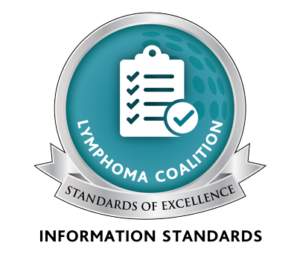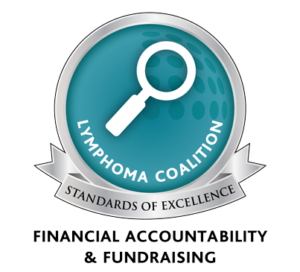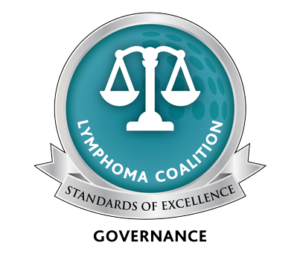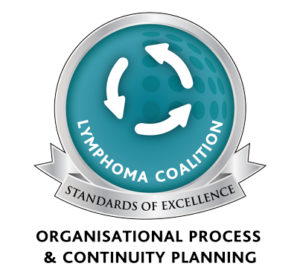Home » Lymphoma Facts Sheet
- Lymphoma is the fifth most common cancer in Canada, and the sixth most common cause of cancer death.
- Lymphomas are categorized as Hodgkin lymphomas and non-Hodgkin lymphomas. No-Hodgkin lymphomas include B-cell and T-cell neoplasms.
- Clinical manifestations of lymphoma include peripheral lymphadenopathy and/or constitutional symptoms such as weight loss and fever. Lymphoma may be suggested by very firm and rubbery or hard lymph nodes and/or lymph nodes > 2 cm in diameter.
- Lymphomas are staged according on the extent of disease spread (stages I to IV) and according to the absence or presence of constitutional symptoms (A or B). In addition lymphomas may also be graded as low-grade, intermediate-grade or high-grade, based on the features of lymph node biopsy.
- Indolent lymphomas progress slowly, and “B symptoms” are uncommon. Aggressive lymphomas are characterized by a more rapid rate of growth, and “B symptoms” are likely to be present.
- The diagnosis of lymphoma is confirmed by lymph node biopsy, but a thorough evaluation involving a complete physical examination, laboratory investigations and imaging studies, is needed for accurate staging and assessment of prognosis.
- The goals of treatment include achieving a cure if possible. If a cure is not possible, the treatment aims at achieving and prolonging remission, minimizing disease spread, symptom management and improving the patient’s quality of life.
- During the active treatment phase, primary care providers can play an important role in assessing and managing common symptoms, providing effective pain management, managing intercurrent illness and chronic disease, providing education and emotional support. During long term follow up, primary care providers can detect relapse or second malignancy and manage long term and late complications.





